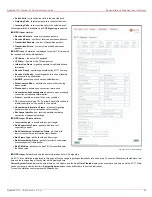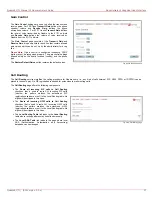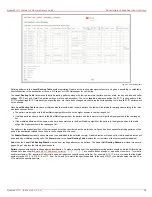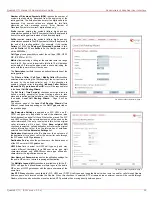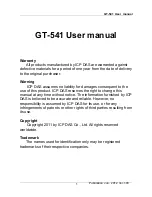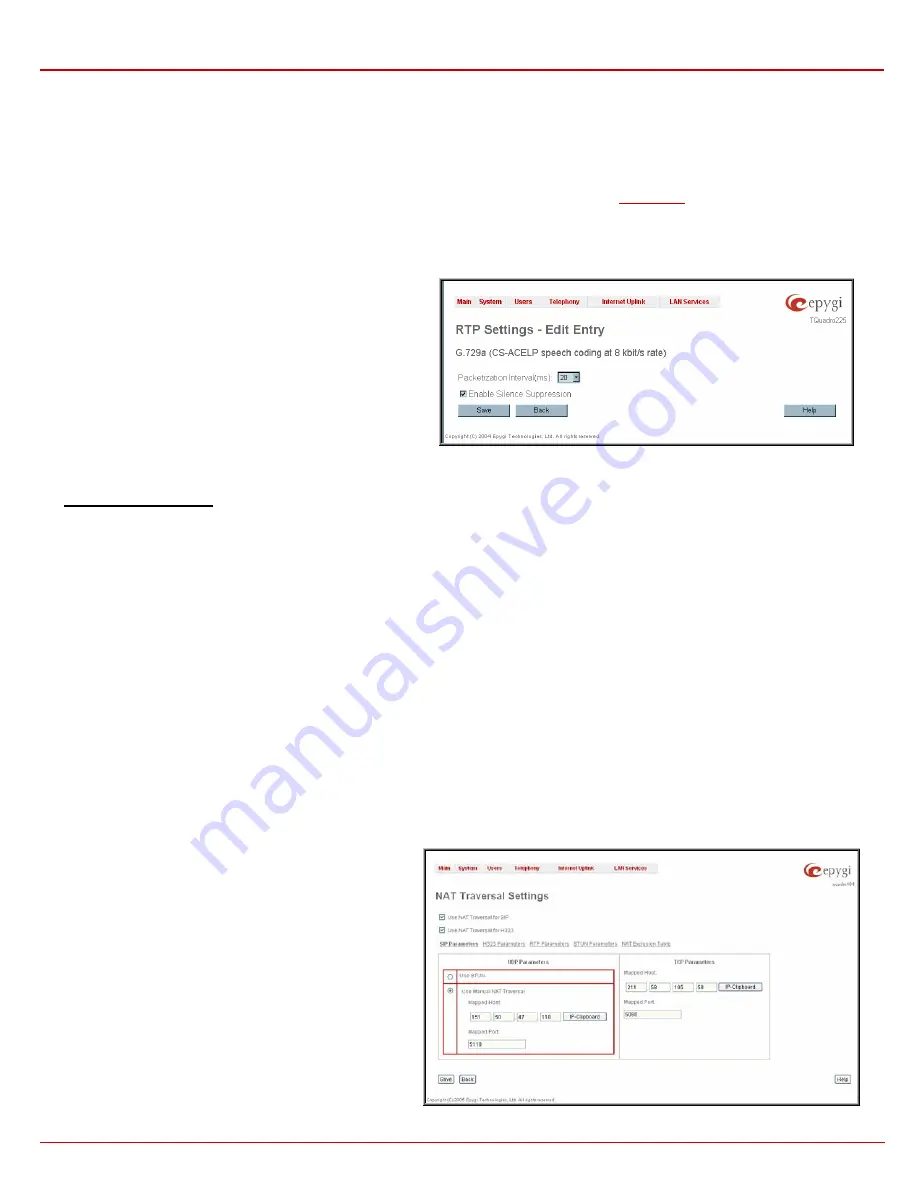
QuadroE1/T1 Manual II: Administrator's Guide
Administrator's Graphical User Interface
QuadroE1/T1; (SW Version 3.0.x)
44
RTP/RTCP Port Range for FXS Lines:
•
Min - minimal port has to be higher than 1024 and lower than the maximal port range. Only even numbers are allowed.
•
Max - maximal port has to be lower than 65536 and higher than the minimal port range. Only odd numbers are allowed.
As the specified maximum ports has to be higher than the minimum ports, the error message “Min port number should be less than max port
number” will occur if this condition is not met.
The port range may consist of digits only, otherwise the error “Incorrect Port Range: only Integer values
allowed” occurs. The difference between Max and Min RTP ports should be 50 ports or less (according to the system’s capabilities) otherwise the
corresponding warning appears. RTP/RTCP Port ranges cannot include the defined SIP UDP ports (see
231H
SIP Settings
) otherwise an error appears.
Telephone Event Draft Support enables telephony events transmission according to the draft-ietf-avt-rfc2833bis-04. The checkbox needs to be
toggled if the SIP destination party phone or IVR has problems recognizing DTMFs generated by the Quadro.
Enable RTCP Support enables Real Time Control Protocol support and allows for the RTCP packets transmission. RTCP protocol is used for
monitoring the RTP streams and changing RTP characteristics depending on Network conditions.
The RTP Settings – Edit Entry page offers a drop down list and a
checkbox.
Packetization Interval contains possible values (in milliseconds)
to be configured for the selected codec.
The Enable Silence Suppression checkbox selection enables
voice activity detection for the selected codec.
Fig. II-64: RTP Settings - Edit Entry
To Edit Codec Parameters
1.
Select the codec from the Codecs Table that is to be edited.
2.
Press
the
Edit button on the RTP Settings page. The Edit Entry page will appear in the browser window.
3.
Change values in Packetization Interval and/or enable/disable Silence Suppression.
4.
To save the codec settings press Save, or to keep the initial data click Back.
NAT Traversal Settings
The NAT Traversal Settings page is divided into separate pages used to configure SIP and H.323 NAT parameters, RTP and STUN parameters for
NAT and a page where the NAT Exclusion table may be filled.
Use NAT Traversal for SIP checkbox applies to all pages and is used to enable NAT traversal for the SIP traffic, hence any incoming and outgoing
SIP messages from and to the Quadro will be routed through the NAT PC.
Use NAT Traversal for H323 checkbox applies to all pages and is used to enable NAT traversal for the H.323 traffic, hence any incoming and
outgoing SIP messages from and to the Quadro will be routed through the NAT PC.
The SIP Parameters page is used to configure NAT specific
settings for SIP. and offers two independent group of settings:
UDP Parameters:
Manipulation radio buttons allow to select the type of connection
over NAT:
Selecting Use STUN will switch to automatic discovery of
Mapped settings for the SIP UDP traffic over NAT. STUN
settings are configured on the STUN parameters page (see
below).
Selecting Use Manual NAT Traversal allows to define
manually the mapped settings for the SIP UDP traffic over
NAT:
Mapped Host requires the IP address of the mapped host for
SIP UDP traffic over NAT.
Mapped Port requires the port number on the mapped host
for the SIP UDP traffic over NAT.
TCP Parameters:
Mapped Host requires the IP address of the mapped host for
SIP TCP traffic over NAT.
Mapped Port requires the port number on the mapped host
for the SIP TCP traffic over NAT.
Fig. II-65: SIP Parameters page



























